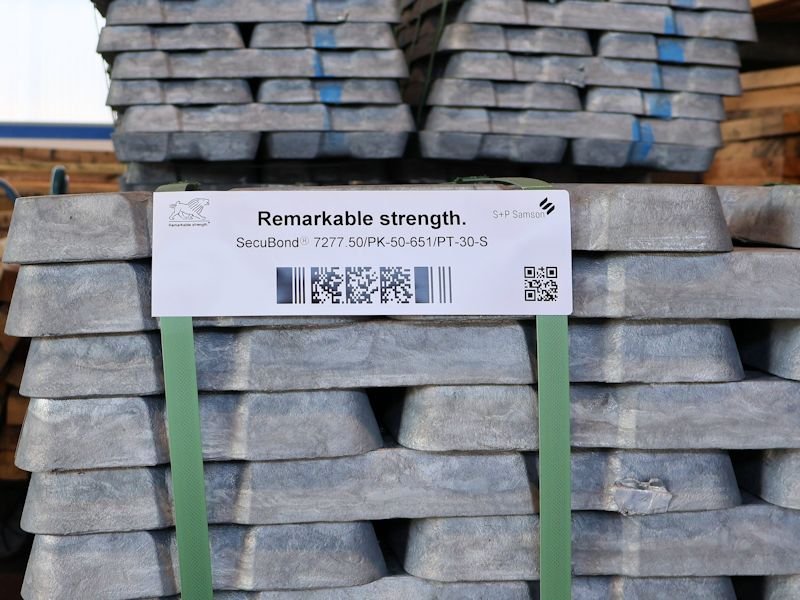Situation in global trade in goods Nouvelles | Personnes | 31.01.2023
Thomas Kilian - an employee at S+P Samson for many years - is our specialist for shipping and export processing. He shows us the current situation with regard to global transport and gives us an outlook on the future of goods transport.
Mr Kilian, what has deteriorated or changed in terms of transport in the last 12 - 18 months?
Firstly, the pandemic had a severe impact on the economy and thus inevitably on the logistics networks, and then the Russian-Ukrainian war came along seamlessly. The already acute shortage of drivers was exacerbated by the loss of Eastern European drivers, and there was also a massive loss of loading capacity for all three modes of transport - land/air/sea. As a result, there was a shortage of loading space, which caused prices to rise and disrupted processing. The effects were particularly noticeable for us in the case of sea freight shipments to North America, where many jobs in the ports were cut in addition to the massive reduction in container availability, and to China, which temporarily suspended virtually all goods traffic due to lockdowns (anti-corona) and therefore also cancelled many liner services for ocean-going vessels to and from the Far East. Another point is the increased energy costs, which caused freight prices to rise significantly due to surcharges. Additional disruptions, above all the blocked Suez Canal, led to a ‘multiple organ failure’ in global shipping, which took months to clear due to the immense backlog.
What is the current situation?
Overall, the situation has eased somewhat, particularly in sea freight. Capacities have been built up again, but are still nowhere near the level of 2019. The lockdown in China has further damaged the country. As a result, sea freight rates to and from the Far East have fallen significantly. Freight rates to and from North America have also fallen. However, the simultaneous rise in energy and production costs means that the previous level is no longer being reached. The price level in air freight transport is falling much more slowly and prices in the lorry sector, where the driver shortage is latent, are expected to remain high. In principle, the shipping chains for S+P can be better utilised again, but the transit times of shipments have also become longer on average.
What is your outlook for the future?
If the global economy recovers, so does the logistics sector. And vice versa. Both are mutually dependent on each other. From today's perspective, lorry transport will remain difficult in the long term, as the shortage of drivers threatens to worsen. The attractiveness of the job has deteriorated, primarily due to time and cost pressures. In addition, the operating costs of haulage companies have risen significantly. We are already noticing this to a greater or lesser extent in the form of quality losses, even with long-standing logistics partners. Or with suppliers who used to make deliveries using their own lorries and now deliver goods using vehicles from all over the world. In the so-called CEP (= courier/express/parcel) services, cost pressure and the highly demanding and stressful nature of the work are also making the job increasingly unattractive. These jobs are now mostly filled by drivers with whom communication is often difficult due to language barriers.
(Foto von Frank McKenna - Unsplash: @frankiefoto)
Vous pourriez aussi être intéressé par
Des informations intéressantes de chez S+P Samson : les nouveautés produits, les commentaires d'experts, les informations sur le personnel et les dates des salons.






